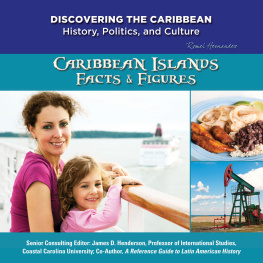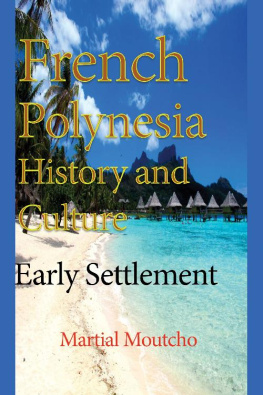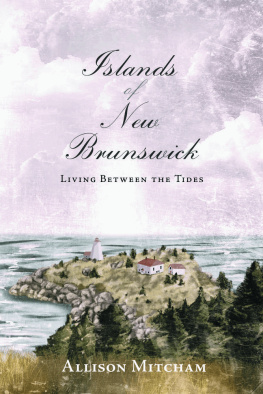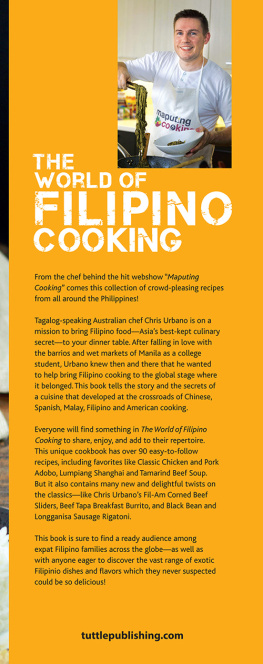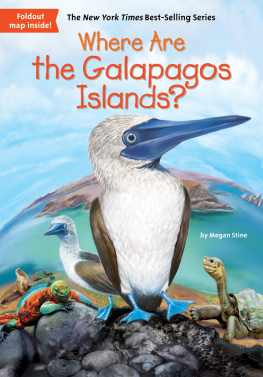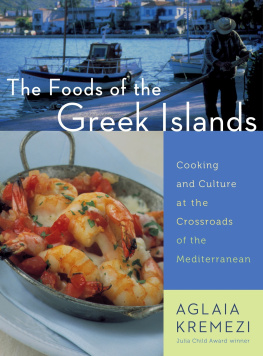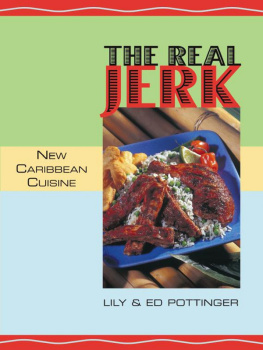LIFE AND FOOD
IN THE CARIBBEAN
LIFE AND FOOD
IN THE CARIBBEAN

CRISTINE MACKIE

Copyright 1991 Cristine MacKie
All rights reserved.
First published in the United States of America in 1992 by
NEW AMSTERDAM BOOKS
171 Madison Avenue
New York, NY 10016
by arrangement with George Weidenfeld and Nicolson Ltd., London.
Library of Congress Cataloging-in-Publication Data
MacKie, Cristine.
Life and food in the Caribbean/Cristine MacKie.
p. cm.
Includes bibliographical references and indexes.
ISBN 978-1-56131-064-7
1. Cookery, Caribbean. 2. Caribbean AreaSocial life and customs. I. Title.
TX716.A1M23 1992
394.1'2'09729dc20
91-35628
CIP
Series Editor: Vicky Hayward
All illustrations by Liz Gibbons
This book is printed on acid-free paper.
Manufactured in the United States of America.
10 9 8 7 6 5 4 3 2 1
To Vicky Hayward

CONTENTS
The arrival of the Arawaks the cannibal myth sea eggs, conch and lambie souse the ingenious fishermen Okonorote, the famous hunter brabacots and Jamaican boucan educating the English settlers corn bread, potato bread and preparing cassava Grenada pepperpot the Paiwari festival guava jelly
The brightest jewels in the crown the rise of the great estates masters, servants and slaves duck in claret and poussin in rum at Colonel Draxs table sippet and West Indian floating island pudding a rebellion on Constantine Sylvesters estate the devoted hen salting liver marinaded in lime juice Cromwells Western Design the sugarcane fields kill-devil liquor and Grenada rumpot the Barbadosed Irishmen
The enslaved African Gustavuss memories rice and peas market day metagee making coconut oil caramelized meats yams and plantain harvesting corn cou-cou and fou-fou life on Thistlewoods estate duckanoo feasts and rituals kingfish with chestnut sauce lobster callaloo the local rumshop
From Madeira to Trinidad planting cocoa the Mendes family salt-cod steaks in peppered olive oil piri piri sautd conch festas hare in white rum and allspice chorizo and ackee salad fearing the soucouyant limed melongene the provisions merchants
The coffee cultivators recruiting the Chinese noodles and chow mein memories of a restaurateur the watercress beds fish and watercress soup the oyster marchands fried rice pork in honey and soya sauce beef in five-spice emancipation Creole resentment
The indentured Indian chappatis castes and customs accra and floats lobster fruit curry and massala fowl curry the revolt of the women Yseults diary a Hindu wedding sauces and pickles festival dishes the breadnut

ACKNOWLEDGEMENTS
My thanks go firstly to my husband, who has been unfailingly patient as I probed again and again into his marvellous memory of his early life in the Caribbean. Then especially to Coralie Hepburn for all her good help; Mrs Chung-Steele of the Birds Nest Restaurant, Grenada; and Mr Peter Mendes for giving me the first chapter from the manuscript by his father on the history of the Mendes familys journey from Madeira to Trinidad, 18461897. I also wish to acknowledge and thank the staff of the Bristol Archives, British Library, Department of History of the University of the West Indies, Grenadian Tourist Board, Institute of Jamaica, Jamaica High Commission, Public Records Office, Royal Commonwealth Society, Warwick University Caribbean Studies and West India Committee; Alan Davidson; Smokey Joe; and the many people in England and the West Indies who often unknowingly helped me by being prepared to spend time talking about their life and family, past and present.

COOKS NOTES
CANE LIQUOR/BRANDY A lightly flavoured rum or a fine brandy may be substituted, but it should, if possible, be of the best quality.
CARAMELIZING For 1 kg (12 lbs) of meat, cover the bottom of your pan with 120 ml (4 floz) of oil and add 3060 g (12 oz) of white sugar. Brown sugar does work, but you must stir to amalgamate the oil and sugar for much longer. As the mixture heats up, it will become a clear dark rich-mahogany colour. Stir well with a wooden spoon. Use gloves when putting in the meat and make sure it is absolutely dry and free of any seasoning. It may be necessary to remove the pan from the heat for a moment or two as you do this to prevent the caramel from becoming bitter. Return the pan to the heat, perhaps lowering it a little. Leave the meat to turn a rich golden brown and stir to coat it on all sides.
CHILLIES These may be any of the following variety: bird pepper, Guinea pepper or African pepper. They are vital in Caribbean cooking and are used in a subtle way, not so much for heat but as a flavouring. In the North today you will mostly find bird peppers, which are small and extremely hot, or seasoning peppers, which can be hot or mild. The mild ones are delicious to eat in salads or simply fried or chopped up to season meat and fish. They have all the aroma of their more pungent relations, without the consequences. Use gloves when chopping and de-seeding them.
COCONUT CREAM An alternative to grating the coconut meat would be to use bar of coconut cream: Add to 200600 ml (1 pint) of boiling water and stir until it is completely dissolved.
COCONUT MILK This should be made fresh just before you need to use it. Chop the meat, or white flesh, into small pieces, then fill the blender with 600 ml (1 pint) of water. Slowly add the pieces of coconut flesh and blend until it has all broken down and has a grated appearance. Then pour the mixture through a strong cloth, collecting the milk as you squeeze in a large bowl beneath.
COCONUT OIL This should be removed from the fridge at least two hours before use, since it can solidify and become white in appearance. In England I always keep it in a warm place to prevent this.
CURRY POWDER I would not normally recommend any curry powder, for it is better to make your own. In the West Indies there are one or two packaged varieties, such as Chief or Chef, which are so good that everyone uses them and they do give certain dishes a standard characteristic flavour. Elsewhere I suggest that you use a very mild-flavoured one and add the heat with chillies.
LIMES In the Caribbean these are so plentiful that there is no need to worry about making them last, but in England they can be expensive. If you wish to use just a part of it, cut out a segment cleanly without squeezing the fruit and the remainder will last for quite a while.
MEAT OR FISH STOCK When the recipe suggests adding extra liquid, be it water, stock or wine, heat it thoroughly, without boiling it, before adding it to the dish. When changing climates it is easy to be heavy handed with the salt. To be safe use a teaspoon for 500 g (1 lb) of meat, 500 g (1 lb) of flour or 1 litre (1 pints) of stock. It is better to adjust afterwards if you need to.
Next page

